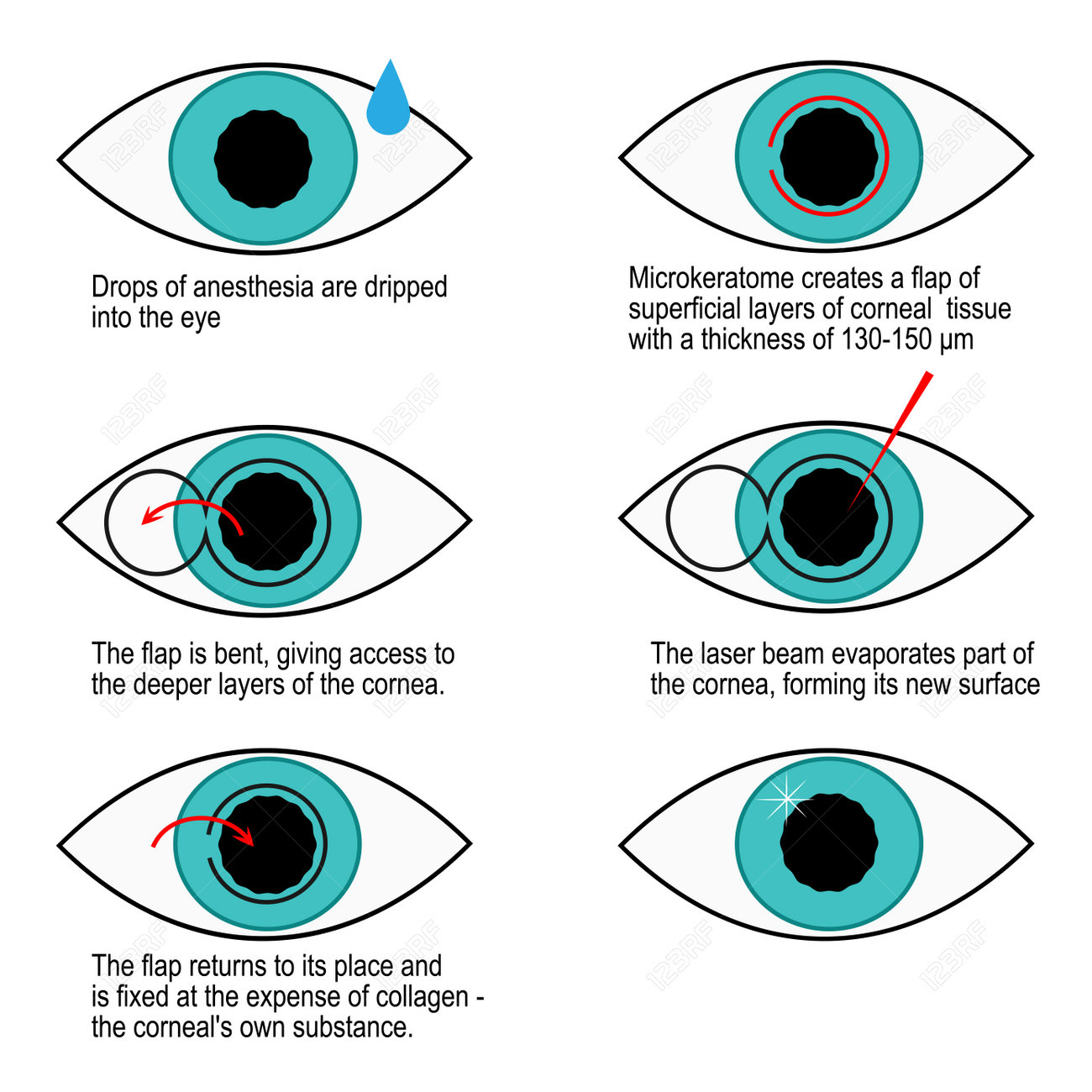A Detailed Assessment Of Modern Cataract Surgical Procedure Methods
A Detailed Assessment Of Modern Cataract Surgical Procedure Methods
Blog Article
Material Produce By-Gillespie Humphrey
As you discover the advancement of innovative cataract surgical treatment methods, you'll witness a trip marked by resourcefulness and precision. From ancient techniques that led the way for modern-day technologies to sophisticated innovations that are reinventing the field, the extensive overview of cataract surgical procedure methods is a testament to human progression and devotion to improving person end results. The complex interplay in between historical approaches and advanced advancements produces an intriguing narrative that clarifies the development of among one of the most common surgeries worldwide.
Historical Strategies and Advancements
Discover how early surgeons reinvented cataract therapy by using innovative methods and tools. In the past, cataract surgery was a risky and uncomfortable procedure. Nonetheless, ancient Indian medical professionals were amongst the very first to try surgical treatments for cataracts, making use of a method called 'formulating' where a sharp instrument was utilized to press the cataract back into the eye. This method, though crude by today's criteria, prepared for future advancements in cataract surgery.
As time advanced, Arab physicians made significant payments by developing specialized needles for cataract extraction. These needles were used to pierce the cataract and afterwards extract it from the eye, noting a significant enhancement in medical precision.
Later on, in the 18th century, the French cosmetic surgeon Jacques Daviel pioneered the technique of extracapsular cataract removal, where the entire lens was eliminated undamaged via a larger cut. This marked a major improvement in cataract surgery strategies, paving the way for the modern treatments we make use of today.
Modern Surgical Approaches
Early methods in cataract surgical procedure have evolved dramatically, resulting in the growth of contemporary surgical strategies that focus on precision and improved individual outcomes. Modern cataract surgery currently typically involves a treatment called phacoemulsification, where an ultrasonic gadget separate the cataract for elimination with a tiny laceration. This strategy permits quicker recovery and reduces the risk of problems compared to older approaches.
Additionally, using sophisticated intraocular lenses (IOLs) has actually reinvented cataract surgery end results. These lenses can fix not only the cataract yet additionally various other refractive errors like astigmatism, lowering the need for glasses post-surgery.
https://gunneriosxc.bloggerchest.com/26410259/supporting-a-loved-one-with-glaucoma-therapy-tips-for-caregivers have accessibility to innovative imaging technologies that help in accurate preoperative planning and intraoperative decision-making. Optical comprehensibility tomography (OCT) and other imaging techniques offer thorough pictures of the eye's frameworks, enabling a more tailored approach per individual's surgery. With these developments, contemporary cataract surgical treatment methods remain to improve, offering patients much safer procedures and better aesthetic results.
Arising Technologies in Cataract Surgical Treatment
With advancements in modern technology changing the field, cataract surgical procedure is seeing the integration of cutting-edge strategies for improved individual results. Emerging modern technologies in cataract surgical treatment are reshaping the landscape of ophthalmic treatments. One such development is femtosecond laser technology, which allows for accurate corneal cuts, capsulotomies, and lens fragmentation, bring about improved surgical accuracy and end results.
Additionally, intraoperative aberrometry is getting appeal, allowing real-time dimensions of refractive errors during surgical treatment to enhance intraocular lens power estimations and lower postoperative refractive shocks.
Additionally, using advanced imaging modern technologies like optical coherence tomography (OCT) and intraoperative wavefront aberrometry help cosmetic surgeons in exact surgical planning and implementation. These devices give thorough physiological information and help tailor medical techniques for every patient's unique eye qualities.
Furthermore, advancements in artificial intelligence are being explored to assist in preoperative preparation, intraoperative decision-making, and postoperative care, possibly optimizing medical results and individual satisfaction. Embracing these emerging modern technologies in cataract surgical procedure holds assurance for additional improving patient outcomes and making certain the continued advancement of ophthalmic medical techniques.
Verdict
As you journey through the background of cataract surgery, you witness the improvement from ancient practices to sophisticated innovations. Like cochrane review cataract surgery climbing from the ashes, cataract surgical treatment has progressed right into a sign of hope and innovation.
Equally as a caterpillar emerges from its cocoon as a beautiful butterfly, cataract surgical procedure has actually developed right into a refined art form, offering clients clearer vision and a brighter future.
The evolution continues, shining a light on countless possibilities.
